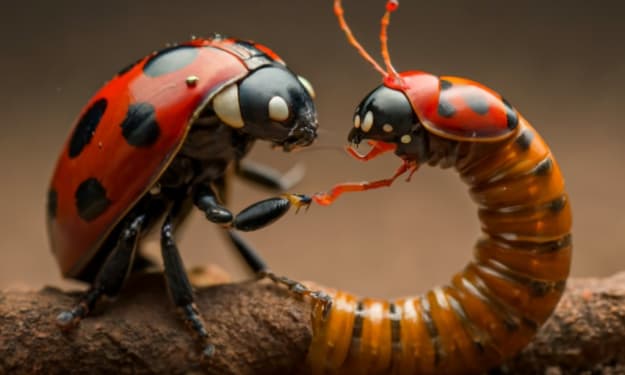Climate change
How plants effect by the Climate change

Introduction
Climate change refers to long-term changes in the Earth's climate, including changes in temperature, precipitation, and extreme weather events. These changes are primarily driven by human activities, such as the burning of fossil fuels, deforestation, and land use changes.
The primary driver of climate change is the emission of greenhouse gases (GHGs) into the atmosphere. These gases trap heat from the sun, causing the Earth's temperature to rise. The most common GHGs are carbon dioxide (CO2), methane (CH4), and nitrous oxide (N2O). CO2 is the most important GHG, as it is responsible for over half of the warming effect.
As the Earth's temperature rises due to the increase in GHGs, it can lead to a range of impacts, including:
* Melting glaciers and sea ice: Rising temperatures can cause glaciers and sea ice to melt, leading to rising sea levels and increased flooding in coastal areas.
* Changes in precipitation patterns: Climate change can alter the timing, intensity, and frequency of precipitation, leading to more frequent and severe droughts, floods, and storms.
* Biodiversity loss: As temperatures change, plant and animal species may not be able to adapt quickly enough, leading to local extinctions and reduced biodiversity.
* Human health impacts: Climate change can increase the risk of heat-related illnesses, respiratory problems, and infectious diseases.
* Economic impacts: Climate change can lead to losses in agricultural productivity, damage to infrastructure, and increased costs associated with extreme weather events.
How climate change effect on plants
1. Alteration of growing seasons: Climate change can cause shifts in temperature and precipitation patterns, which can lead to earlier or later onset of growing seasons. This can affect the availability of resources such as water and nutrients, which can impact plant growth and reproduction. For example, if a plant species is accustomed to a certain temperature range for germination or flowering, and this temperature range shifts, the plant may not grow or reproduce as well.
2. Shifts in plant distribution: Climate change can cause changes in plant distribution as species migrate to different areas in response to changing temperatures and precipitation patterns. This can lead to changes in the composition and structure of ecosystems, which can affect the services they provide, such as carbon sequestration, water filtration, and habitat for wildlife. In some cases, plants may not be able to migrate quickly enough to keep up with changing conditions, leading to local extinctions.
3. Changes in plant physiology: Climate change can impact plant physiology in several ways. For example, increased temperatures can lead to increased water stress, which can cause plants to photosynthesize less efficiently. This can result in reduced growth rates, lower yields, and lower nutritional quality of crops. Additionally, higher levels of carbon dioxide in the atmosphere can stimulate plant growth, but can also lead to reduced nutrient content in some crops.
4. Increased stress: Climate change can lead to increased stress on plants, including drought, heatwaves, and extreme weather events. This can reduce plant growth and productivity, and can make plants more susceptible to disease and pests. For example, drought stress can cause wilting, reduced photosynthesis, and reduced yield in crops, while heat stress can damage proteins and enzymes, which can reduce photosynthesis and growth. Extreme weather events, such as floods or hurricanes, can physically damage plants and disrupt their growth cycles.

Climate change is a long-term change in the Earth's climate caused by human activities, mainly the emission of greenhouse gases. Its impacts are wide-ranging and include melting glaciers and sea ice, changes in precipitation patterns, loss of biodiversity, human health impacts, and economic impacts. Addressing climate change requires global action to reduce greenhouse gas emissions and adapt to the impacts of climate change.
Overall, climate change can have significant impacts on plant populations, which can have cascading effects on ecosystems and the services they provide. Understanding and addressing these impacts is crucial for maintaining the health and productivity of natural and agricultural systems.
About the Creator
Love The Green
Welcome to my page,I hope to share my experiences, insights, and knowledge with fellow nature enthusiasts.Together, we can celebrate the wonders of the natural world, and work to protect and preserve it for future generations to enjoy🌿🌲






Comments
There are no comments for this story
Be the first to respond and start the conversation.